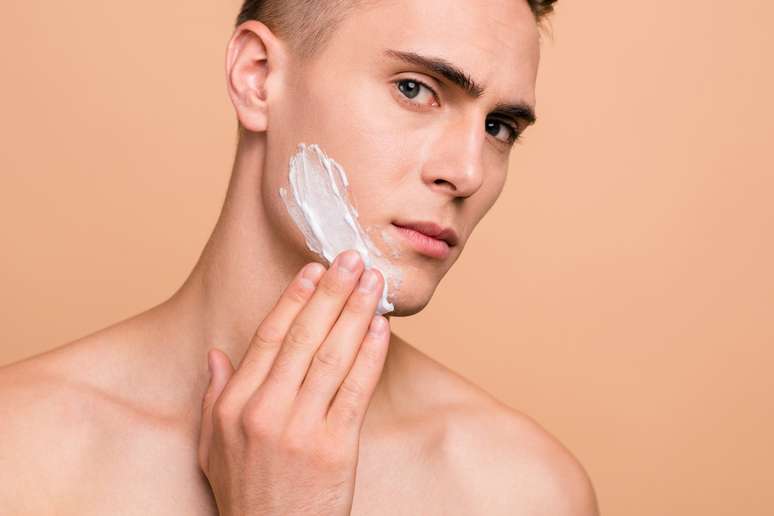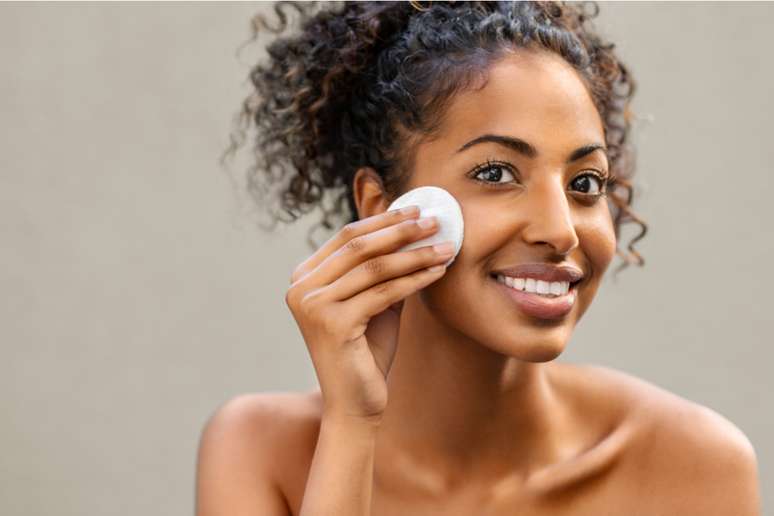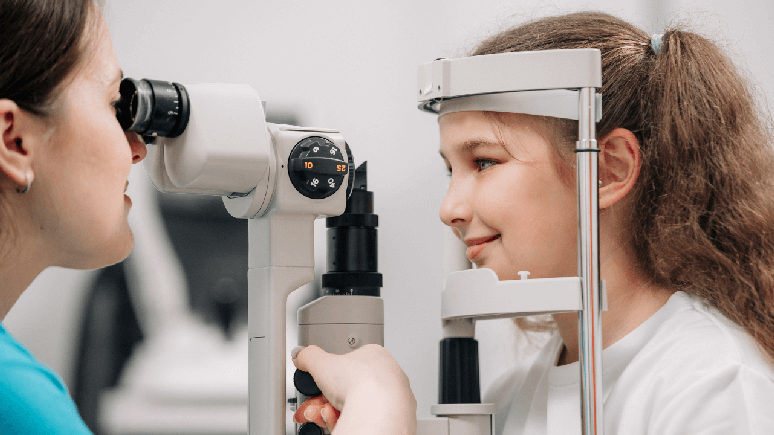Similar in appearance to a pimple, this type of problem can arise in different areas of the body.
Folliculitis is a problem that can affect anyone, appear in different areas of the body and have different causes. More precisely, it occurs in the hair follicle, i.e. the structure in which hair is born and grows.
html[data-range=”xlarge”] figure image img.img-dad76cc69e8b29334264667b95d13cff5rqztwms { width: 774px; height: 516px; }HTML[data-range=”large”] figure image img.img-dad76cc69e8b29334264667b95d13cff5rqztwms { width: 548px; height: 365px; }HTML[data-range=”small”] figure image img.img-dad76cc69e8b29334264667b95d13cff5rqztwms, html[data-range=”medium”] figure image img.img-dad76cc69e8b29334264667b95d13cff5rqztwms { width: 564px; height: 376px; }
“It’s a skin infection that occurs in the hair follicles, both from bacteria and fungi. But it can also be caused by viruses and the inflammation of ingrown hairs,” explains Geisa Costa, doctor specializing in dermatology and clinical director and founder of the Art Aesthetic Center.
most common symptoms
Symptoms of folliculitis can vary depending on the type. In general, according to Geisa Costa, this infection can present little balls (like pimples) with white tips (with pus, inflamed) around the hair. Including these balls can itch and hurt.
types of folliculitis
Folliculitis can be divided into superficial and deep. As explained by Luann Lôbo, dermatologist and member of the Brazilian Society of Dermatology, the superficial only affects the upper structures of the hair follicle.
“We have noticed a redness on the skin around the follicle, with a central yellow spot, similar to a pimple. There may also be local pain or itching. Mild cases respond well to local compresses, general hygiene measures and the use of ointments and creams prescribed by the dermatologist,” explains the dermatologist.
more severe forms
Deep folliculitis is a slightly more serious case, as it affects deeper areas of the skin and can also form so-called boils. “We noticed a more extensive area of redness around the lesion, with a hardened lump in the center, containing pus. Local symptoms, such as pain and itching, as well as edema (swelling), also occur,” he explains.
Also according to the dermatologist, deep folliculitis can cause the permanent destruction of the follicle and form a scar. “Some cases require the use of oral medications (antibiotics and corticosteroids, for example) and surgical procedures, such as wound drainage,” he adds.

What causes folliculitis?
Folliculitis can be caused by several factors. According to Luann Lôbo, the most common causes are: “depilation, especially the more traumatic ones, with a blade or wax; wearing very tight clothes which accumulate moisture in the skin; hyperhidrosis (excess sweat); obesity and seborrheic dermatitis”.
Geisa Costa adds that this problem usually affects the hair texture. “Therefore, it can appear anywhere on the body except the palms of the hands and soles of the feet. It is most commonly found on the legs, bikini line, arms, face (beard), armpits, buttocks, and even the scalp.”
Differences between folliculitis and acne
Since in some cases folliculitis has red balls and sometimes a yellowish center, some people tend to confuse it with acne. However, Geisa Costa explains that folliculitis usually appears in regions of the body with a lot of hair.
Furthermore, according to Luann Lôbo, “acne typically presents lesions with a more varied presentation, and generally includes ‘comedones’ in its clinical picture, unlike what happens in cases of folliculitis”.
But, as with pimples, you shouldn’t squeeze the balls. In addition to the risk of worsening symptoms, folliculitis can also leave scars. In any case, the ideal is to consult a dermatologist, as he is the professional who will be able to make this differentiation correctly and indicate the most appropriate treatment.
forms of treatment
The forms of treatment for folliculitis can be varied, as they will depend on the type of infection and the symptoms presented. Geisa Costa explains that topical or oral medications (antifungals, anti-inflammatories, antibiotics), new habits, such as taking a break from waxing or laser hair removal, and even draining the pimple may be indicated by the dermatologist.

When to see a dermatologist
According to Luann Lôbo, it is indicated to consult a doctor when folliculitis does not improve with the use of compresses or general hygiene measures. “Frames with more extensive, more numerous lesions and which generate very annoying symptoms must also be evaluated by the doctor,” she explains.
Geisa Costa underlines that the clinical evaluation is important because the doctor can request tests complementary to the diagnosis. “In some cases, folliculitis is recurrent and may require frequent treatment,” she cautions.
How to avoid folliculitis
To avoid the onset of folliculitis, some simple precautions can be introduced into everyday life. Dermatologists Geisa Costa and Luann Lôbo list a few:
- If you tend to get folliculitis, it’s best to look for a permanent method of hair removal;
- If it is not possible to opt for a permanent method, it is important to moisturize and cleanse the skin well before and after waxing. The use of post-depilation creams or lotions is also recommended;
- Always use new, clean appliances/blades. Also, run the razor along the skin in the direction of hair growth. Also use shaving gels that favor the correct sliding of the blade;
- Avoid wearing very tight or tight-fitting clothes;
- Avoid keeping wet clothes in contact with the skin for a long time;
- If you suffer from hyperhidrosis (excessive sweating), consult a dermatologist for proper treatment;
- Dry the skin very well after bathing;
- Keep your skin hydrated, especially in the winter, as hot showers help dry it out.
In addition to the treatments listed, regular visits to a dermatologist are also recommended. This way, you can make your skin less prone to dermatological problems.
Source: Terra
Ben Stock is a lifestyle journalist and author at Gossipify. He writes about topics such as health, wellness, travel, food and home decor. He provides practical advice and inspiration to improve well-being, keeps readers up to date with latest lifestyle news and trends, known for his engaging writing style, in-depth analysis and unique perspectives.







